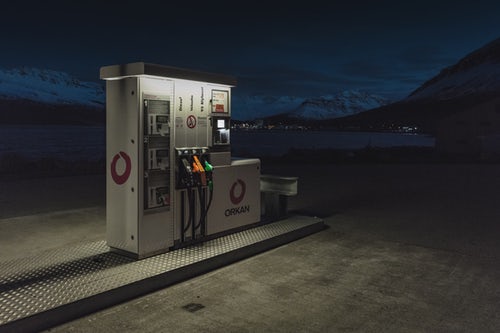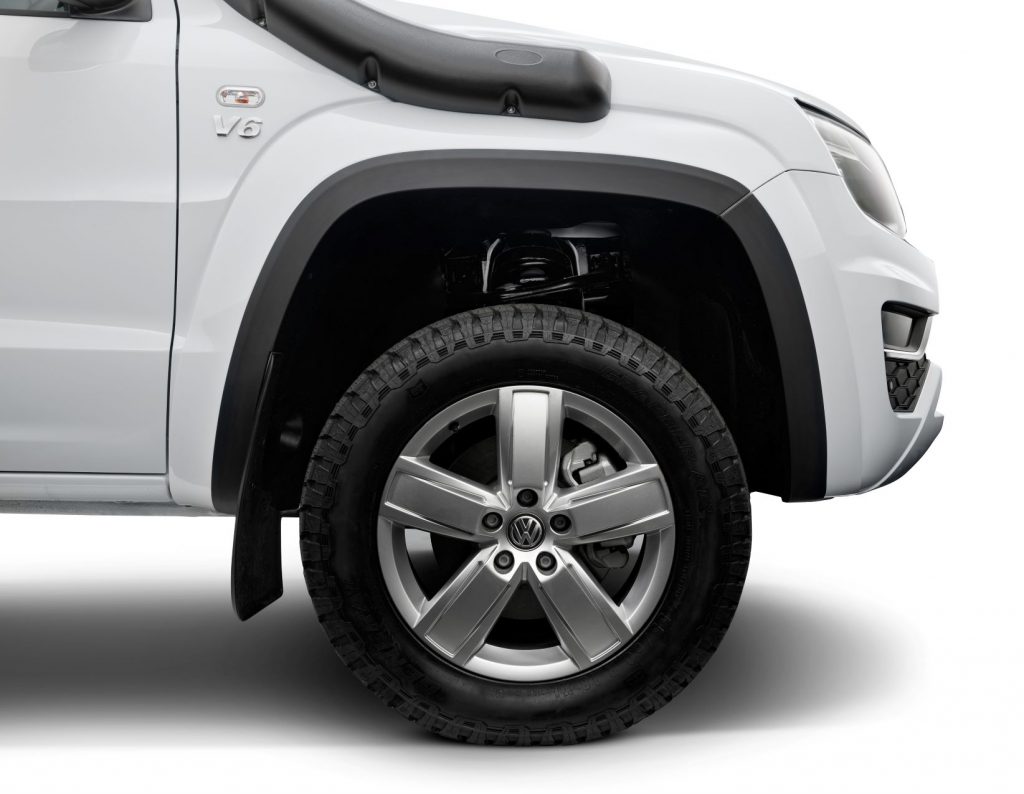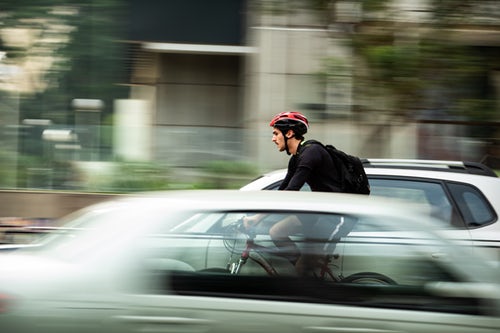ONE OF THE THINGS WE ARE asked about most often is “How can I reduce my motoring expenses?”
It is surprising how a few simple behavioural changes can reduce the amount you spend on petrol, repairs and other outlays.
- Avoid fines and other penalties
Now, you may wonder why we’d start with this one, but all around Australia, state governments are raising huge amounts of revenue by fining motorists, often for comparatively trivial offences. An occasional expense of hundreds, or even thousands of dollars will significantly increase your yearly outlay. Staying within the speed limit is an obvious way to not get fined, but so is taking care where you park and ensuring you’ve read the signs (they can be very confusing, so don’t give them a quick glance and then walk away). You’ll also need to make sure your licence and registration are current. If it is allowed in your state, investigate monthly direct debit payments so your licence and registration (and your automotive association membership) don’t expire without you noticing.

- Shop around for the cheapest fuel
Most of us are painfully aware of the cost of fuel because we have to fill up every week or so. Saving a few cents per litre can quickly add up to significant savings. There are plenty of apps around that will tell you how much fuel is at service stations near you (travelling across town to save a few cents per litre is usually false economy) and if you keep an eye on the so-called fuel cycle, you can fill up when petrol is at its cheapest. Unfortunately, if you drive a diesel, the price cycle doesn’t apply – and in our opinion it shouldn’t apply to petrol prices either, but that’s another issue. Use loyalty cards to get additional discounts (such as the Woolworths card or Coles card that applies 4c off at selected service stations). Shopping in the convenience store attached to the servo might also get you a discount, but most items in these stores are more expensive than you can find elsewhere, so don’t make a purchase just to reduce your fuel costs. Another tip is to avoid filling up on main roads or motorways – reviews consistently find these service stations are more expensive.
- Drive smoothly and consistently
When you were learning to drive, you were probably told to drive smoothly and consistently. Not only is it better for your car, it also saves fuel. Dropping your speed can also help (but don’t travel so slowly as to annoy and frustrate other motorists). Travelling at 100km/h instead of 110km/h will use as much as nine percent less fuel. Anticipate things like traffic lights and slow before you get to them – acceleration and deceleration are the enemies of fuel economy.

- Keep your tyres inflated
One of the most common maintenance issues ignored by motorists is tyre pressure. Low tyre pressure creates increased drag, causing your car to use more fuel (underinflated tyres will increase fuel usage by about three percent). Not only that, but your tyres will wear more quickly if they are under- or over-inflated, and replacing your tyres because they have worn prematurely (under-inflated tyres wear on the outer edges; over-inflated tyres wear in the middle – and even though you think there’s plenty of tread on the outer or inner edges, tyres are illegal if the tread depth is too low at any point across the width of the tyre).
- Minimise brake usage
Obviously, using your brakes is important and a safety issue, but you can reduce your brake usage by staying a safe distance behind the driver in front, and easing off the accelerator when you know you have to come to a stop. It’s the same with speed bumps. Braking hard and then accelerating quickly over speed humps uses a lot of petrol. Try to maintain a steady 20-25km/h speed over speed bumps. Not only will you save fuel, but you lessen the wear on your brakes and pads, and that’s another worthwhile saving you’ll be making.
- Don’t carry unnecessary weight
You probably aren’t aware of it, but every additional 45kg you carry in your car will increase fuel consumption by up to two percent. So if you remove items that you don’t need (such as a heavy tool kit, for example) and unnecessary clutter, you can avoid wasting fuel. And don’t forget that roof rack. Not only does it add weight, it also creates drag, and that increases fuel consumption. If you’re not using it, remove it and refit it when you need it.
- Shop around for insurance
Another considerable expense in car ownership is insurance. Don’t just accept the renewal notice when it arrives; shop around for the best price. You’ll find premiums can vary by hundreds of dollars. But, a word or warning here: make sure your policy isn’t cheaper because it offers less cover: all well and good until you have to make a claim. Check out customer reviews – some insurers are quick to take your premium, and very slow to pay out on a claim. And ask about monthly direct debit to pay your premium, rather than having to pay it all in one lump sum up front (but check that you aren’t being asked to pay more for the privilege).

- Don’t run the tank almost dry, or keep it brimmed
Most people will run a car until the tank is virtually empty, and then fill it to the brim when they find a reasonably-priced servo. Neither is good practice. Fuel is heavy, so driving with an almost-permanently full tank means you have to use fuel to carry fuel … hardly sensible. There’s also the chance that fuel will slosh out through the overflow and be wasted. On the other hand, letting the level fall too far has the potential to damage the fuel pump (it has to work harder to get fuel from the tank to the engine) and there’s always the potential for suck up grunge that’s settled to the bottom. The best advice is to keep your tank between half and three-quarters full. And another thing about fuel is that it will actually evaporate, so make sure your petrol cap fits, seals and is screwed on tightly. It’s also a good idea to park in the shade wherever possible.
- Avoid traffic jams
Traffic jams are frustrating, but they also increase fuel usage, because most cars use fuel even when they are standing still. In fact, just sitting in an idling car can waste up to a litre of petrol in just 60 minutes. Avoiding slow-moving (or stationary) traffic will save both fuel and time. You’ll brake less, accelerate less often and save fuel. If you are going to be stationary for more than two minutes, switch the engine off (modern cars often do this for you, using auto stop/start).
- If you drive a manual, change gear earlier
Most of us change gear far too late in manual-transmission cars. If you ever drive a car with a “change up” indicator” it seems to come on much earlier than you might expect, but it is calibrated to get you into the highest gear as quickly as possible to save fuel. Even if you don’t have a gear change indicator, try changing into a higher gear earlier. Obviously, you don’t want to have your engine labouring (it isn’t good for it, and it will, illogically, actually use more fuel) but staying under 3000rpm is good practice. Automatic cars will change gear for you at the optimum time, so you don’t have to think about it, but if you accelerate aggressively, an auto will hold a lower gear longer than if you are gentle, and that will mean higher fuel consumption.

- Use alternative means of transport
We are so used to just jumping in the car whenever we need to go anywhere that many of us don’t even think about other means of transport. And we do it even for short journeys, which is bad for your car, and bad for the planet. Next time, why not walk? Or ride a bike? And if that’s not for you, there is plenty of public transport (and for many over 50s, it has the added advantage that it’s free!)
- Open the windows
Air conditioning is a real boon in cars, especially in a country like Australia, but before you switch it on, think about this: car air conditioning can be responsible for up to five percent of your fuel usage. It’s long been an argument that opening car windows increases drag and had an adverse effect on fuel consumption, but that is only at high speeds. If you’re travelling at low speeds, turn off the air conditioner and open the windows. At higher speeds, you’ll probably use less fuel using the air conditioner than opening the windows, and be more comfortable as well.

What are the advantages of using 98Ron over 91Ron?
Hi Barry. Australian fuel standards are abysmally low, and the quality of our fuels is one of the worst in the world. In many countries, the minimum standard is 95RON and 91RON has been phased out. Unfortunately, our governments don’t seem particularly concerned. 98RON obviously has a higher octane rating, but the real advantage is that it has been refined to a higher standard. Engines tuned for 98 or 95 will run better on those fuels. Some people have found they get better fuel consumption, but that is marginal, and unlikely to offset the additional cost. E10 produces only around 95 percent of the energy produced by 91RON, so you’ll use around 5-6 percent more of it (and there are issues with older cars not designed for it).
After having ICE cars since the 60’s, including V8 and V12’s, I am now driving an EV and the savings are Huge. No more Petrol prices to worry about, no service costs, completed 22,000klms and only had one nail puncture, slow leak. the first service is at 2 years to replace brake fluid as you do not use your bakes to stop, as when you back off the power goes back to the Battery. I also charge the EV from the Solar as now retired, even if I have to charge from home 21cents a KWh costs only from 20% to full 100% $9.00 lot cheaper for 450klms than $150 for Petrol for same distance. Yes, they are slightly more expensive than ICE but I am smiling every day when we go for a drive/trip. Have been on long trips 1500klm+ easy these days.
Hi Lindsay, and congratulations on making the EV decision for all the right reasons. You should see significant savings on servicing costs because there is so much less to service. Your experience should help others make the changeover with more confidence. Thanks for the feedback.